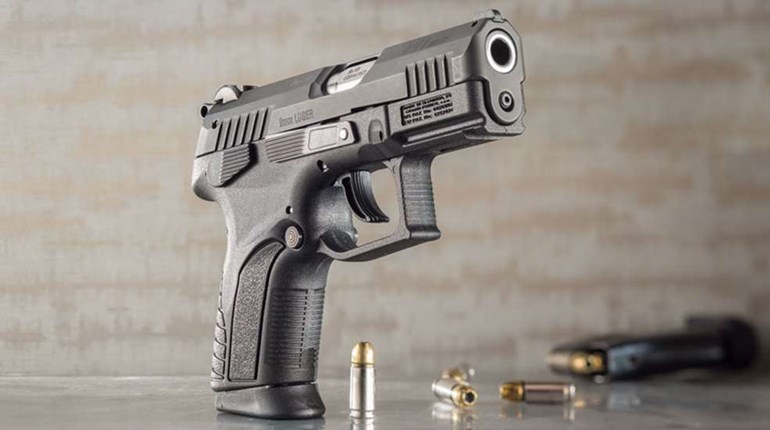
The science of ballistics covers three basic parts: interior, exterior and terminal. Interior ballistics is, simply described, what happens inside the gun when the shooter pulls the trigger. When this happens, the sear releases the hammer or the striker (firing pin), thereby initiating a complex but predictable chain of events. It's called a firing sequence; here's how it works.
- The hammer rotates forward until it hits the firing pin, driving it forward; alternately, the striker (firing pin) moves forward if there is no hammer.
- The tip of the firing pin strikes the primer cup, deforming it and crushing the priming compound inside against the anvil underneath.
- The priming compound explodes, sending hot, rapidly expanding gas through the flash hole and into the case. This gas rapidly raises the temperature and pressure inside the cartridge case, thus igniting the propellant.
- As the propellant burns, it generates hot, expanding gas at a temperature of about 5,600 degrees Fahrenheit. This quickly raises the pressure inside the cartridge case to peak levels up to 62,000 pounds per square inch (p.s.i.). The increasing pressure irons the cartridge case sidewalls outward against the chamber walls, creating a seal the prevents hot gas from escaping to the rear.
- At shot-start pressure (normally 2,000-10,000 psi), the bullet overcomes case neck tension, allowing the expanding propellant gases to accelerate it down the bore.
- After traveling a short distance in the chamber throat, the bullet contacts the rifling and engraves. As the bullet accelerates down the bore, the rifling lands grip the bullet's surface, imparting spin. About one-third of the way down the barrel, the bullet breaks the sound barrier.
- As the bullet accelerates farther down the barrel, internal volume increases...which, in turn, causes chamber pressure to begin to drop. Progressive burning of the propellant offsets the pressure drop to some extent, but does not prevent it.
- As the bullet clears the muzzle, a jet of hot, high-velocity propellant gas, still at 10 to 30 percent of peak chamber pressure, is released. As the gas jet escapes, it compresses the air surrounding the muzzle, thus creating a loud "report."
- The pressure inside the barrel and chamber quickly drops back to ambient levels, allowing the cartridge case sidewalls to spring back from the chamber walls for extraction.
While the process may sound complex, the entire sequence is completed very quickly. Typically, from firing pin to release to the bullet exiting the barrel is measured in milliseconds.






































